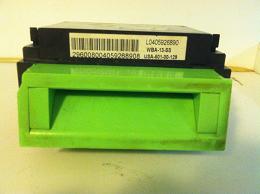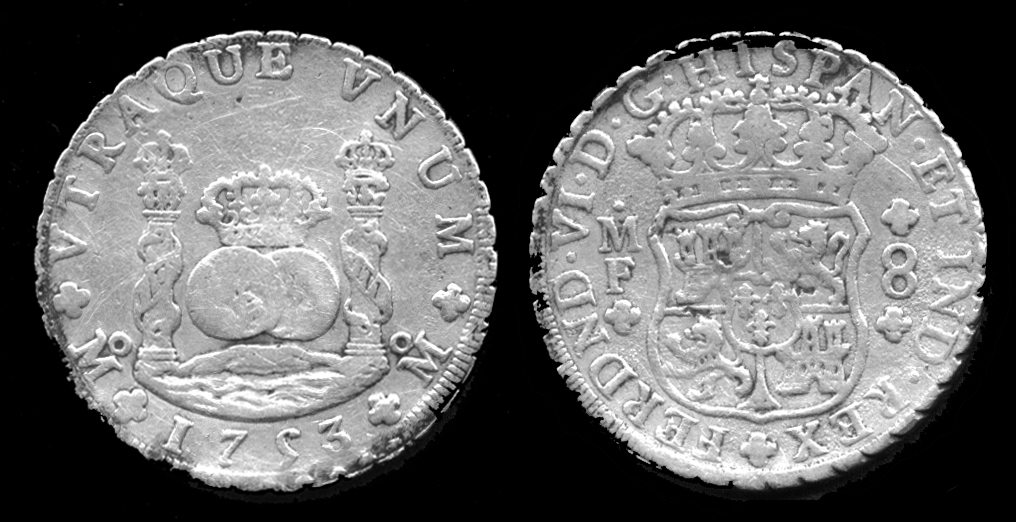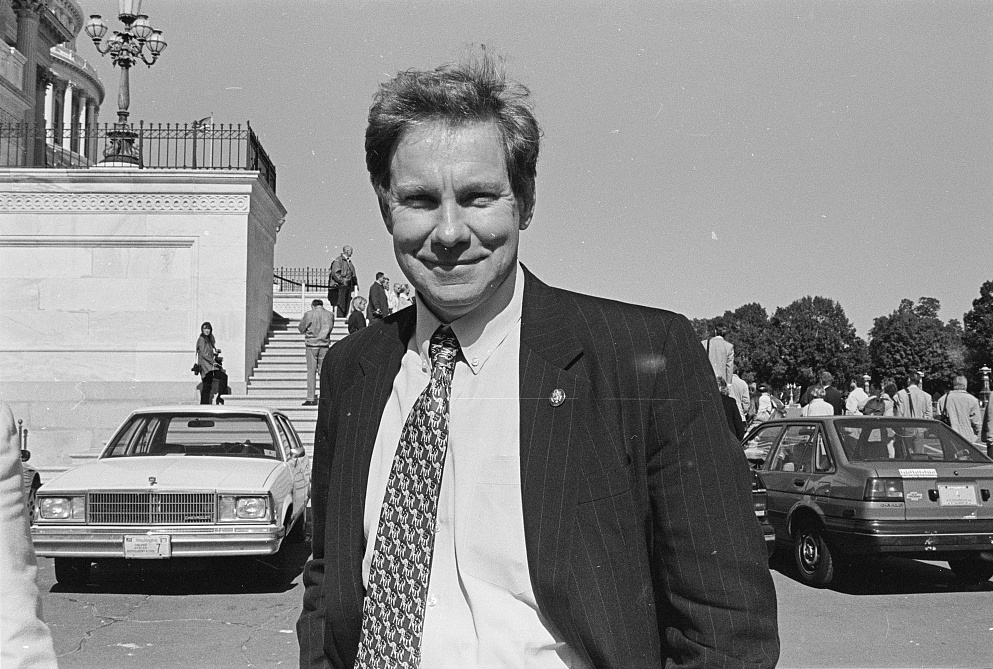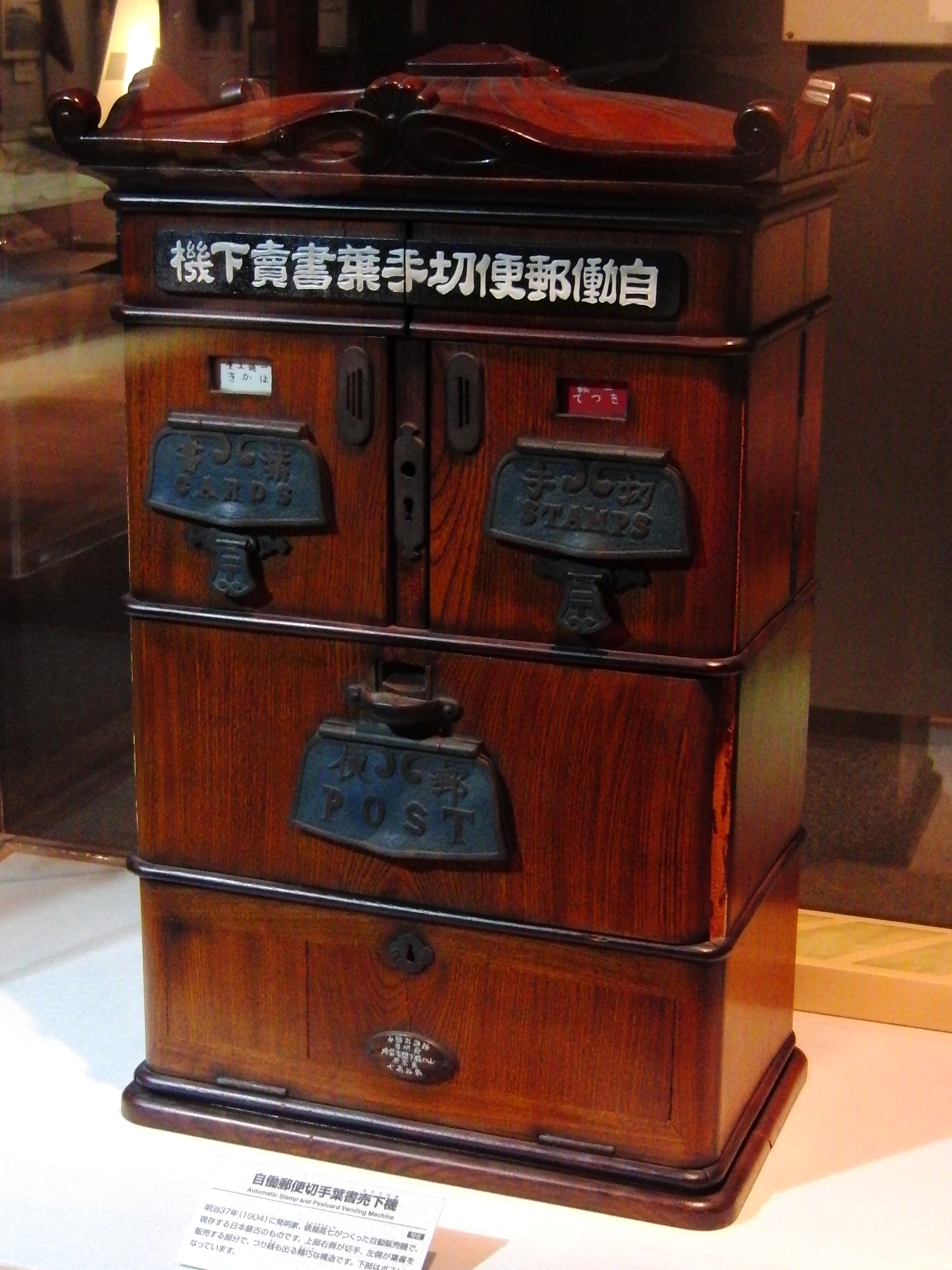|
Coin Coalition
The Coin Coalition is an organization supporting the elimination of Penny (United States coin), pennies and dollar bills from U.S. currency. It is funded by vending machine companies, video-arcade owners, and the soft-drink industry, who all have an interest in eliminating maintenance costs associated with bill validators. The National Bulk Vendors Association supports the Coalition. Manufacturers converted machines to accept the Dollar coin (United States), dollar coin at great expense, but the unwillingness of the U.S. government to phase out the dollar bill prevented the coin from becoming popular. Although copper miners and other interest groups backed the Coin Coalition on this issue, they were unable to match the influence of Save the Greenback, a rival organization supporting continued dollar-bill production. In 1995, Tom Davis (Virginia politician), Tom Davis, introducing the Save the Greenback Act, warned that customers' pockets would be weighted down with heavy coins. ... [...More Info...] [...Related Items...] OR: [Wikipedia] [Google] [Baidu] |
Penny (United States Coin)
The cent, the United States one-cent coin (symbol: ¢), often called the "penny", is a unit of currency equaling one one-hundredth of a United States dollar. It has been the lowest face-value physical unit of U.S. currency since the abolition of the half-cent in 1857 (the abstract mill, which has never been minted, equal to a tenth of a cent, continues to see limited use in the fields of taxation and finance). The first U.S. cent was produced in 1787, and the cent has been issued primarily as a copper or copper-plated coin throughout its history. The penny is issued in its current form as the Lincoln cent, with its obverse featuring the profile of President Abraham Lincoln since 1909, the centennial of his birth. From 1959 (the sesquicentennial of Lincoln's birth) to 2008, the reverse featured the Lincoln Memorial. Four different reverse designs in 2009 honored Lincoln's 200th birthday and a new, "permanent" reverse – the Union Shield – was introduced in 2010. The coin is ... [...More Info...] [...Related Items...] OR: [Wikipedia] [Google] [Baidu] |
Vending Machine
A vending machine is an automated machine that provides items such as snacks, beverages, cigarettes, and lottery tickets to consumers after cash, a credit card, or other forms of payment are inserted into the machine or otherwise made. The first modern vending machines were developed in England in the early 1880s and dispensed postcards. Vending machines exist in many countries and, in more recent times, specialized vending machines that provide less common products compared to traditional vending machine items have been created. History The earliest known reference to a vending machine is in the work of Hero of Alexandria, an engineer, and mathematician in first-century Roman Egypt. His machine accepted a coin and then dispensed holy water. When the coin was deposited, it fell upon a pan attached to a lever. The lever opened a valve which let some water flow out. The pan continued to tilt with the weight of the coin until it fell off, at which point a counterweight snapped th ... [...More Info...] [...Related Items...] OR: [Wikipedia] [Google] [Baidu] |
Bill Validator
A currency detector or currency validator is a device that determines whether notes or coins are genuine or counterfeit. These devices are used in a wide range of automated machines, such as retail kiosks, supermarket self checkout machines, arcade gaming machines, payphones, launderette washing machines, car park ticket machines, automatic fare collection machines, public transport ticket machines, and vending machines. The process involves examining the coins and/or notes that have been inserted into the machine, and conducts various tests to determine if the currency is counterfeit. Because the parameters are different for each coin or note, these currency acceptors must be correctly programmed for each item to be accepted. In normal operation, if any item such as a coin, banknote, card or ticket is accepted, it is retained within the machine and it falls into a storage container to allow a member of staff to collect it later when emptying the machine. If the item is rejec ... [...More Info...] [...Related Items...] OR: [Wikipedia] [Google] [Baidu] |
Dollar Coin (United States)
The dollar coin is a United States coin with a face value of one United States dollar. Dollar coins have been minted in the United States in gold, silver, and base metal versions. Dollar coins were first minted in the United States in 1794. While true gold dollars are no longer minted, the Sacagawea, Presidential, and American Innovation dollars are sometimes referred to as golden dollars because of their color. As with several other denominations of U.S. coinage, golden dollars are similar in diameter and color to their Canadian counterpart (known as the "loonie," which predates the Sacagawea dollar by thirteen years). However, unlike the 11-sided Canadian dollar coins, U.S. "golden dollar" coins are round. Dollar coins have never been popular in circulation since inception. Despite efforts by the government to promote their use to save the cost of printing one-dollar bills, such as the Presidential $1 Coin Program, most Americans currently use the bill. For this reason, sinc ... [...More Info...] [...Related Items...] OR: [Wikipedia] [Google] [Baidu] |
Save The Greenback
Save the Greenback is an organization of U.S. Bureau of Engraving and Printing employees and paper and ink suppliers opposed to phasing out the paper dollar. The group formed to counter the influence of the Coin Coalition. Their website was inactive as of July 2012. Public opinion has tended to favor the dollar bill, although in 2000, the Government Accountability Office reported that a full implementation of the dollar coin could save $500 million a year. Americans for George There was an online organization calling itself Americans for George. It was a public-relations campaign appearing to be a grassroots organization (an "Astroturf group"). Their website was also inactive as of July 2012. Portrayal in media In 2006 and 2007, auto manufacturer Kia Motors used this name in a car discount campaign. In the TV campaigns, the group was portrayed as a group similar to Greenpeace Greenpeace is an independent global campaigning network, founded in Canada in 1971 by Irving Stowe ... [...More Info...] [...Related Items...] OR: [Wikipedia] [Google] [Baidu] |
Tom Davis (Virginia Politician)
Thomas Milburn Davis III (born January 5, 1949) is an American lobbyist and former Republican member of the United States House of Representatives who represented Virginia's 11th congressional district in Northern Virginia. Davis was considering a run for the U.S. Senate seat being vacated by five-term incumbent and fellow Republican John Warner in the 2008 election, but decided against it. He announced on January 30, 2008, that he would not seek reelection to an eighth term. Davis resigned from Congress on November 24, 2008. From 2008 to 2018, he was a director of federal government affairs at Deloitte. He is currently the rector (head of the Board of Visitors) of George Mason University and a trustee of its Krasnow Institute for Advanced Study. In January 2019, he began work as a partner in the law firm Holland and Knight. Early life and education Davis was born in Minot, North Dakota, and moved to Fairfax County in Virginia at an early age. He was a U.S. Senate Page and ... [...More Info...] [...Related Items...] OR: [Wikipedia] [Google] [Baidu] |
Save The Greenback Act
The Save the Greenback Act was legislation proposed, but not passed, in the United States Congress in 1995 and 1997 forbidding the phase-out of the United States one-dollar bill. It stated simply, "Notwithstanding any other provision of law, the Secretary of the Treasury and the Board of Governors of the Federal Reserve System shall take such action as may be necessary to ensure that the number of Federal reserve notes in the denomination of $1 which are in circulation at any time does not decrease below the number of such reserve notes in circulation as of the date of the enactment of this Act." In a February 24, 1995 speech introducing the Save the Greenback Act, Rep. Thomas M. Davis gave several arguments against phasing out the one-dollar bill:http://thomas.loc.gov/cgi-bin/query/z?r104:H24FE5-609: *A great number of people's "pockets will be weighted down with heavy change instead of having a few bills tucked into their billfolds . . . one might suspect a conspiracy by clothing ... [...More Info...] [...Related Items...] OR: [Wikipedia] [Google] [Baidu] |
The Wall Street Journal
''The Wall Street Journal'' is an American business-focused, international daily newspaper based in New York City, with international editions also available in Chinese and Japanese. The ''Journal'', along with its Asian editions, is published six days a week by Dow Jones & Company, a division of News Corp. The newspaper is published in the broadsheet format and online. The ''Journal'' has been printed continuously since its inception on July 8, 1889, by Charles Dow, Edward Jones, and Charles Bergstresser. The ''Journal'' is regarded as a newspaper of record, particularly in terms of business and financial news. The newspaper has won 38 Pulitzer Prizes, the most recent in 2019. ''The Wall Street Journal'' is one of the largest newspapers in the United States by circulation, with a circulation of about 2.834million copies (including nearly 1,829,000 digital sales) compared with ''USA Today''s 1.7million. The ''Journal'' publishes the luxury news and lifestyle magazine ' ... [...More Info...] [...Related Items...] OR: [Wikipedia] [Google] [Baidu] |
United States $1 Coin Act Of 1997
The United States $1 Coin Act of 1997 (part of ) was legislation passed by the United States Congress providing for a redesigned gold colored coin with a distinctive new rim. A major purpose of the Act was to allow for the replacement of the Susan B. Anthony dollar. The stockpiles of that coin had been depleted to the point that minting new coins would soon be required. The Sacagawea dollar was introduced as a result of the Act. Debate On October 21, 1997, Congress held hearings on the Act. The most contentious issue was whether or not to amend the Act to mandate phasing out the U.S. one-dollar bill. Rep. Jim Kolbe attributed the Susan B. Anthony dollar's failure to the fact that it looked and felt like the quarter and the simultaneous circulation of the dollar bill. Kolbe recommended phasing out the paper dollar, warning that the Sacagawea would face the same fate as its predecessor if the bill remained in circulation. He refuted his opponents arguments that forcing a switch from ... [...More Info...] [...Related Items...] OR: [Wikipedia] [Google] [Baidu] |
Penny Debate In The United States
A debate exists within the United States government and American society at large over whether the one-cent coin, the penny, should be eliminated as a unit of currency in the United States. The penny costs more to produce than the one cent it is worth, meaning the seigniorage is negativethe government loses money on every penny that is created. Several bills introduced in the U.S. Congress would have ceased production of pennies, but none have been approved. Such bills would leave the five-cent coin, or nickel, as the lowest-value coin minted in the United States. Other countries have also withdrawn coins no longer worth producing, such as Canada ending production of the Canadian penny in 2012. The most recent time that the United States withdrew the lowest-value coin from circulation was with the half-cent coin (hay-penny), which was withdrawn in 1857; the 1857 half-cent coin was worth approximately cents in dollars. Legislation In 1990, United States Representat ... [...More Info...] [...Related Items...] OR: [Wikipedia] [Google] [Baidu] |
Vending
A vending machine is an automated machine that provides items such as snacks, beverages, cigarettes, and lottery tickets to consumers after cash, a credit card, or other forms of payment are inserted into the machine or otherwise made. The first modern vending machines were developed in England in the early 1880s and dispensed postcards. Vending machines exist in many countries and, in more recent times, specialized vending machines that provide less common products compared to traditional vending machine items have been created. History The earliest known reference to a vending machine is in the work of Hero of Alexandria, an engineer, and mathematician in first-century Roman Egypt. His machine accepted a coin and then dispensed holy water. When the coin was deposited, it fell upon a pan attached to a lever. The lever opened a valve which let some water flow out. The pan continued to tilt with the weight of the coin until it fell off, at which point a counterweight snapped th ... [...More Info...] [...Related Items...] OR: [Wikipedia] [Google] [Baidu] |







